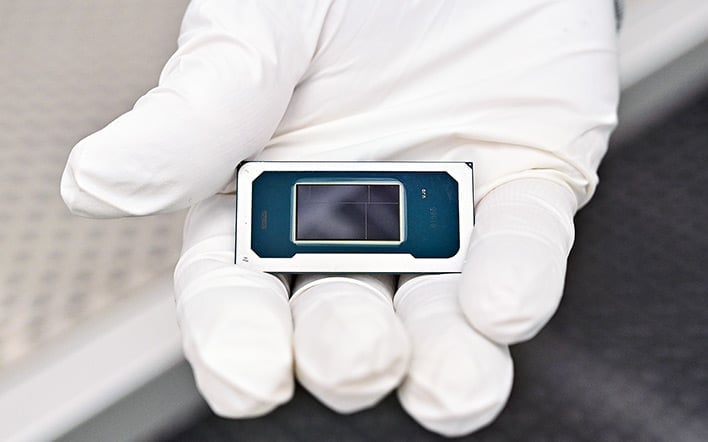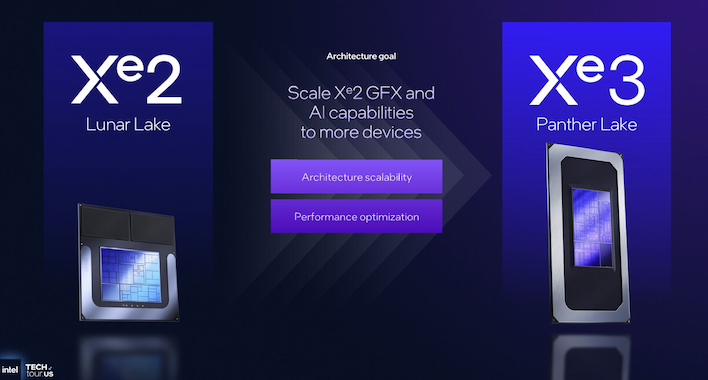Intel Core Ultra 5 338H Panther Lake CPU With Arc B370 GPU Makes A Benchmark Cameo
The benchmark result is for Geekbench Compute, where the Arc B370 scored 39,406 points using the Vulkan API. That's quite a bit lower than the ~53,000 points reported earlier this week by a Core Ultra X7 358H, but the comparison isn't apples to apples. The previous score was from the OpenCL test, while this one used Vulkan, and the two back ends can produce wildly different results depending on the driver and workload. In other words, we can't draw firm performance conclusions yet.
Beyond that, the Core Ultra 5 338H also lacks the "X" branding of the higher-end X7 chip, which is believed to denote that the Core Ultra 5 part carries a smaller iGPU. The earlier X7 358H was marked down for the full 12 Xe3 cores, whereas this Ultra 5 variant may use a cut-down version. Unfortunately, Geekbench's Vulkan mode doesn't expose GPU compute-unit counts, so we can't confirm that detail.
On the CPU side, the benchmark lists four Cougar Cove P-cores and eight Darkmont E-cores or LP-cores; the tool doesn't distinguish between them. Most likely, it's a 4+4+4 configuration. The flagship Panther Lake models, including the aforementioned Core Ultra X7 358H, are expected to ship with four P-cores and up to twelve E/LP-cores.
The GPU naming itself, "Arc B370," is arguably the most interesting aspect of this leak. It's a notable departure from previous generations; Lunar Lake identified its integrated graphics as "Arc 140V," and Arrow Lake described its iGPU as "Arc 140T." Dropping those suffixes and adopting the discrete-style "B-series" label brings Panther Lake's iGPU branding closer to the discrete Arc cards. Given that the chip's graphics are still built on the Xe3 architecture, this may signal Intel's intent to unify its branding across integrated and discrete products.
Still, despite the name change, "Xe3" in Panther Lake isn't a radical break from the "Xe2" design used in Lunar Lake. Instead, it's more of an incremental refinement. The true architectural leap is expected with Xe3p, the version planned for Intel's Celestial discrete GPUs. Intel says that Xe3 offers over 50% higher performance than Lunar Lake, and over 40% better efficiency versus Arrow Lake—claims that we're keen to test in a hypothetical future version of the MSI Claw.
Even with the caveats of early-silicon testing, the presence of a properly named Arc B370 device in public benchmark databases is a promising sign that Intel's next-gen mobile stack is nearing readiness. Between the CPU refinements and the more capable Xe3 graphics, Panther Lake is shaping up to be a serious contender in the laptop and handheld markets if Intel can deliver on the performance we've seen hinted at in these early leaks.



